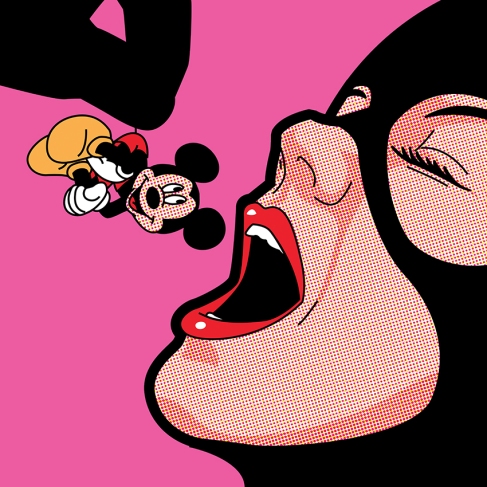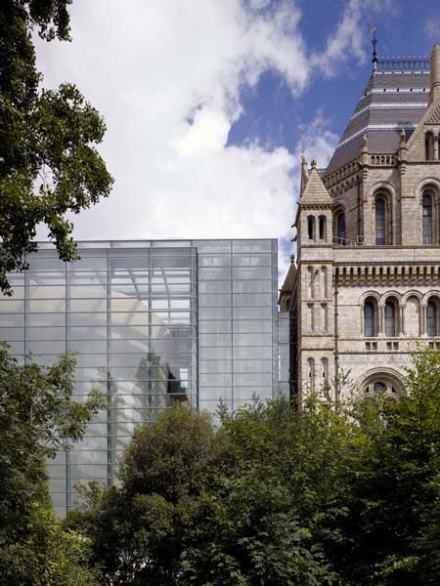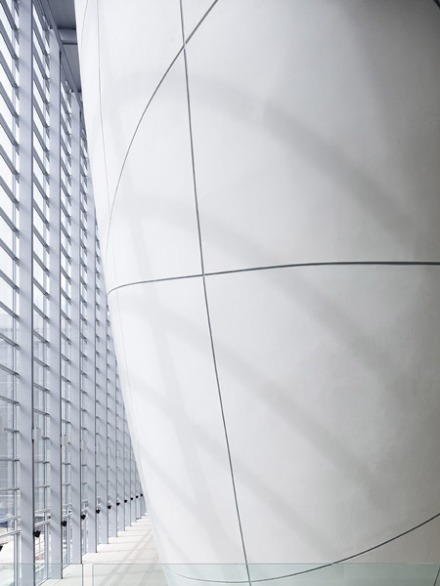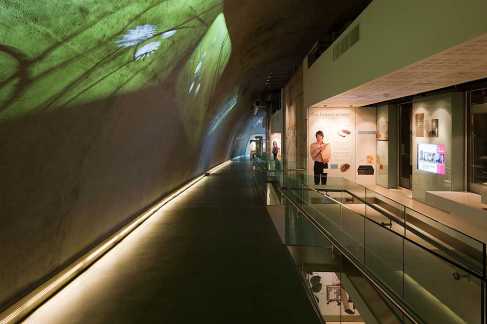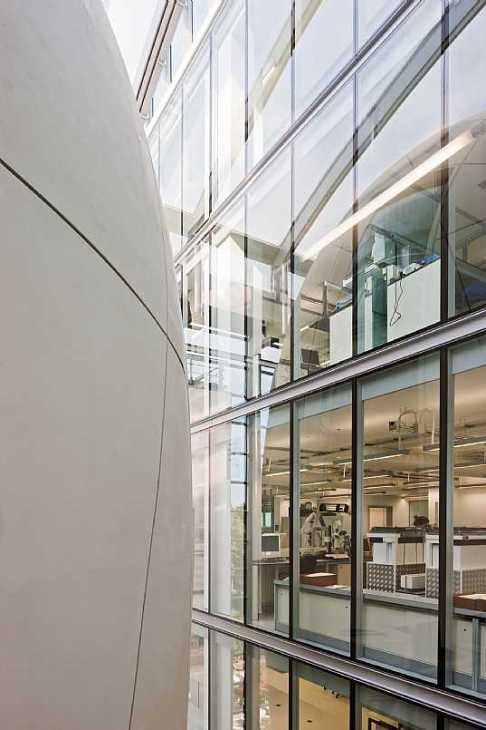What do our favorite superheroes and villains get up to when we can’t see them? Are they as super as they seem?Grégoire Guillemin decided to explode the myth. This French digital illustrator shows that reality is always stranger than fiction, making no exceptions for these idealized characters. Off duty, many of them look just like us mere mortals, and in Guillemin’s work, they share our vices too.
Using pop-art style snapshots of mundane, sometimes compromising scenes, Guillemin hints at the private lives of characters from our best known comics and cartoons. This collection, entitled "The Secret Life of Heroes", is made up of over 60 pop art illustrations.
mercoledì 12 febbraio 2014
lunedì 10 febbraio 2014
SEE CLASSIC ARTWORKS COME TO LIFE IN SPELLBINDING "BEAUTY" VIDEO
from Rino Tagliaferro website:
Over Beauty, there has always hung the cloud of destiny and all-devouring time.
Beauty has been invoked, re-figured and described since antiquity as a fleeting moment of happiness and the inexhaustible fullness of life, doomed from the start to a redemptive yet tragic end.
In this interpretation by Rino Stefano Tagliafierro, this beauty is brought back to the expressive force of gestures that he springs from the immobility of canvas, animating a sentiment lost to the fixedness masterpieces.
Its as though these images which the history of art has consigned to us as frozen movement can today come back to life thanks to the fire of digital invention.
A series of well selected images from the tradition of pictorial beauty are appropriated, (from the renaissance to the symbolism of the late 1800s, through Mannerism, Pastoralism, Romanticism and Neo-classicism) with the intention of retracing the sentiment beneath the veil of appearance.
An inspiration that returns to us the sense of one fallen, and the existential brevity that the author interprets as tragic dignity, with an unenchanted eye able to capture the profoundest sense of the image.
Beauty in this interpretation is the silent companion of Life , inexorably leading from the smile of the baby, through erotic ecstasies to the grimaces of pain that close a cycle destined to repeat ad infinitum.
They are, from the inception of a romantic sunrise in which big black birds fly to the final sunset beyond gothic ruins that complete the piece, a work of fleeting time.
Over Beauty, there has always hung the cloud of destiny and all-devouring time.
Beauty has been invoked, re-figured and described since antiquity as a fleeting moment of happiness and the inexhaustible fullness of life, doomed from the start to a redemptive yet tragic end.
In this interpretation by Rino Stefano Tagliafierro, this beauty is brought back to the expressive force of gestures that he springs from the immobility of canvas, animating a sentiment lost to the fixedness masterpieces.
Its as though these images which the history of art has consigned to us as frozen movement can today come back to life thanks to the fire of digital invention.
A series of well selected images from the tradition of pictorial beauty are appropriated, (from the renaissance to the symbolism of the late 1800s, through Mannerism, Pastoralism, Romanticism and Neo-classicism) with the intention of retracing the sentiment beneath the veil of appearance.
An inspiration that returns to us the sense of one fallen, and the existential brevity that the author interprets as tragic dignity, with an unenchanted eye able to capture the profoundest sense of the image.
Beauty in this interpretation is the silent companion of Life , inexorably leading from the smile of the baby, through erotic ecstasies to the grimaces of pain that close a cycle destined to repeat ad infinitum.
They are, from the inception of a romantic sunrise in which big black birds fly to the final sunset beyond gothic ruins that complete the piece, a work of fleeting time.
domenica 2 febbraio 2014
Darwin Centre, Natural History Museum by C. F. Møller architects
The second phase of the Darwin Centre is an extension of the famous Natural History Museum in London, taking the form of a huge eight-storey concrete cocoon, surrounded by a glass atrium. The Natural History Museum is both one of the UK's top five visitor attractions, and a world-leading science research centre. The architecture of the Darwin Centre reflects this dual role, and reveals to the public for the first time the incredible range and diversity of the Museum's collections and the cutting-edge scientific research they support.
The centerpiece is made to appear like a large silk cocoon, and forms the inner protective element that houses the museum’s unique collection of 17 million insects and 3 million plants. The shape and size give the visitor a tangible understanding of the volume of the collections contained within. The collections areas within the Cocoon are world class, the regulation of temperature and humidity reduce
the risk of pest infestations ensuring that the collections will be protected and preserved for many years to come. The exposed thermal mass of the continuous sprayed reinforced concrete shell maintains a stable internal environment, and minimizes energy loading.
Public access to the scientific core of the second phase of the Darwin Centre takes the form of a visitor route up and through the cocoon, overlooking the science and collection areas. Visitors can experience the Darwin Centre as a compelling and interactive learning space, observing the scientific and research activities without interrupting scientific work in progress.
C.F. Møller Architects was chosen for the commission in 2001, in competition with 59 other international architectural firms.
The centerpiece is made to appear like a large silk cocoon, and forms the inner protective element that houses the museum’s unique collection of 17 million insects and 3 million plants. The shape and size give the visitor a tangible understanding of the volume of the collections contained within. The collections areas within the Cocoon are world class, the regulation of temperature and humidity reduce
the risk of pest infestations ensuring that the collections will be protected and preserved for many years to come. The exposed thermal mass of the continuous sprayed reinforced concrete shell maintains a stable internal environment, and minimizes energy loading.
Public access to the scientific core of the second phase of the Darwin Centre takes the form of a visitor route up and through the cocoon, overlooking the science and collection areas. Visitors can experience the Darwin Centre as a compelling and interactive learning space, observing the scientific and research activities without interrupting scientific work in progress.
C.F. Møller Architects was chosen for the commission in 2001, in competition with 59 other international architectural firms.
Iscriviti a:
Post (Atom)
















